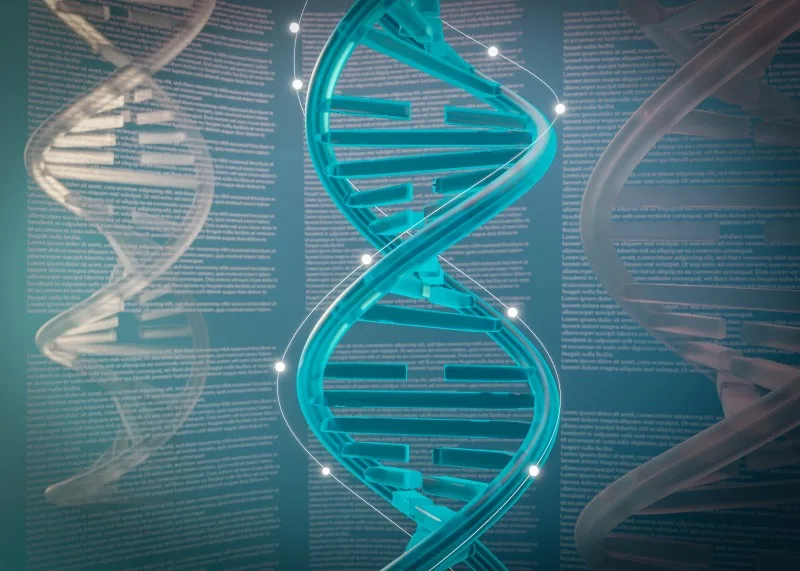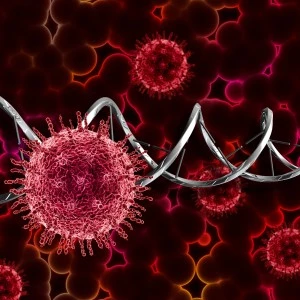Professional Sequence Listing Services for Patent Success
Don’t let complex sequence listings delay your patents. Our expert team delivers perfectly formatted, PTO-compliant ST.26 listings – new or converted from ST.25- that pass validation first time sequence listing services. Trusted by leading patent attorneys and IP departments, we process thousands weekly, ensuring reliable, accurate support for your valuable innovations.
Sequence Listings: Essential for Biotech Patents
Patent applications disclosing DNA, RNA, or peptide sequences – such as those involving biomarkers, antibodies, or oligonucleotides – must include a separate sequence listing document. This requirement ensures clear, standardized disclosure of sequences, aiding patent offices in examination and public access. Listings must follow formats like WIPO ST.26 or ST.25, and apply to nucleotide sequences with ten or more bases and amino acid sequences with four or more residues.

Who Needs Sequence Listing?

Biotech innovators

Researchers

Patent applicants

ST.25 & ST.26 users

Institutions
Who Needs Sequence Listing?

Biotech innovators

Researchers

Patent applicants

ST.25 & ST.26 users

Institutions
What Makes Us the Best Choice?
Flexible Pricing Options
Our budget-friendly pricing models adapt to your specific needs, offering exceptional value without compromising quality.
Satisfaction Guaranteed
We provide free iterations until you're 100% satisfied with the results. Your complete confidence in our work is our ultimate goal.
Speed, Precision, and Value
We've built our reputation on providing QUICK, ECONOMIC, and ACCURATE sequence listing services. Patent law firms and corporations trust us completely for their critical IP needs, knowing we deliver flawless results every time.
Complexity is Our Specialty
No biological sequence challenge is beyond our capabilities. Our expert team confidently handles the most intricate sequence structures while ensuring 100% compliance with all patent office regulations.
Specialized Biotechnology Expertise
Our dedicated team of 30+ biotechnology specialists prepares thousands of SEQUENCE LISTINGS DAILY. This unparalleled volume gives us unique insights into potential issues and optimal formatting strategies across diverse biological patents.
Handling Mega-Scale Projects
We excel at processing massive sequence listings, including projects with up to 2.5 million sequences. Our robust systems and specialized workflows ensure accuracy even at extraordinary scale.
Zero-Error Guarantee
We prioritize error-free, PTO-compliant listings above all else. In the rare case of errors, we address these cases with absolute priority at no additional cost—your success is our commitment.
Streamlined Process
Experience our effortless ordering process and expedited delivery within 4-5 business days, with even faster options available for urgent needs.
Our Streamlined Sequence Listing Process

Document Analysis
We carefully review your patent documents to identify all biological sequences

Sequence Extraction
All relevant sequences are extracted and properly formatted

Listing Creation
Compliant sequence listings are generated according to required standards

Validation & Quality Check
Multi-level verification ensures complete accuracy

Delivery
Final listings provided in required formats with documentation
What Clients Say
Lorem ipsum dolor sit amet, consectetur adipiscing elit. Ut elit tellus, luctus nec ullamcorper mattis, pulvinar dapibus leo.

Lorem ipsum dolor sit amet, consectetur adipiscing elit. Ut elit tellus, luctus nec ullamcorper mattis, pulvinar dapibus leo.

Lorem ipsum dolor sit amet, consectetur adipiscing elit. Ut elit tellus, luctus nec ullamcorper mattis, pulvinar dapibus leo.

Trust Your Sequence Listings to the Industry's Leading Experts

Frequently Asked Questions
What are sequence listings?
A sequence listing contains nucleotide and/or amino acid sequences disclosed in a patent application and forms part of the description. It includes descriptive information about each sequence, known as annotations, and conforms to the requirements of the relevant WIPO standard (ST.25 or ST.26). It allows the sequence data of an invention to be searchable within an IP office and in publicly available databases (e.g., INSDC databases).
Why are sequence listings required?
They ensure uniformity in disclosure of biological sequences across patent applications worldwide, facilitating examination and enabling efficient electronic data exchange between patent offices.
When is a sequence listing required?
A sequence listing is required when your patent application discloses one or more nucleotide or amino acid sequences that fall within the definition of sequence disclosure under applicable rules.
What is WIPO Standard ST.26?
ST.26 is the current global standard for sequence listings in XML format, replacing the older ST.25 standard. It became mandatory for all international patent applications filed on or after July 1, 2022.
How does ST.26 differ from ST.25?
ST.26 differs from ST.25 by using XML instead of plain text, requiring the inclusion of D-amino acids, branched sequence portions, and nucleotide analogs. It also allows more detailed annotations with feature keys and qualifiers, and prohibits sequences shorter than 10 nucleotides or 4 amino acids, which ST.25 permits.
Is ST.26 mandatory for all applications?
Yes, ST.26 is mandatory for all international patent applications (PCT) filed on or after July 1, 2022, and for many national/regional applications depending on local implementation.
Which sequences must be included in a listing?
All disclosed sequences with 10+ nucleotides or 4+ amino acids must be included, whether in claims, description, drawings, or sequence listing.
Are modified sequences required in sequence listings?
Yes, modified nucleotides and amino acids must be included and appropriately annotated according to ST.26 rules.
Can I include sequences shorter than the threshold?
Sequences shorter than 10 nucleotides or 4 amino acids should not be included in ST.26 sequence listings unless specifically required by local rules.
What software can I use to prepare ST.26 sequence listings?
WIPO’s free WIPO Sequence tool is the recommended software for preparing and validating ST.26-compliant sequence listings.
Where can I download WIPO Sequence?
WIPO Sequence can be downloaded from the WIPO website at www.wipo.int/standards/en/sequence.
Does WIPO Sequence validate my sequence listing?
Yes, WIPO Sequence includes a validation function that checks your sequence listing for compliance with ST.26 requirements.
What file format should I submit?
ST.26 sequence listings must be submitted in XML (XML = eXtensible Markup Language) format with a .xml file extension.
What is the maximum file size for sequence listings?
Size limits vary by patent office. For large files, consult your target patent office for submission options.
Can I submit a sequence listing after filing my application?
Yes, but late submission may require additional fees and cannot add new matter to the application.
How do I represent branched sequences?
Branched sequences should be represented as multiple linear sequences, with each branch represented separately.
How should D-amino acids be represented?
D-amino acids are represented using the same one-letter codes as L-amino acids but must include a “feature” annotation specifying “D-configuration.”
How do I represent non-conventional nucleotides or amino acids?
Use the most restrictive symbol possible (e.g., “N” for nucleotides, “X” for amino acids) and include appropriate feature annotations.
What character encoding is required for ST.26?
ST.26 sequence listings must use UTF-8 encoding.
What naming convention should I use for sequence listing files?
Follow your patent office requirements. For PCT applications, use the format “[application_number]_sequence_listing.xml”.
Are there language requirements for free text qualifiers?
Free text in qualifier values should be in English or include both original language and English translation.
What are common errors in sequence listings?
Common errors include inconsistent annotations, incorrect feature locations, missing mandatory qualifiers, and improper formatting of modified residues.
What happens if my sequence listing contains errors?
Sequence listing errors may result in requests for correction, potential filing date issues, or prosecution delays.
How can I correct a sequence listing after submission?
Correction protocols vary by jurisdiction. Generally, you must submit a replacement listing with a statement that the correction introduces no new matter.
Expert-Backed Sequence Listings? Contact Our Specialists Now!
Drop us a message and our team will respond promptly.

Effectual Services is an award-winning Intellectual Property (IP) management advisory & Consulting firm.
Office
- Suite-427,425 Broadhollow Road Melville | NY-11747
